
Homo Faber Guide - Metalworker - Portugal - CRAFT STORIES

Portrait of metalworker José Vieira © Carolina Abreu
In his workshop near the picturesque town of Guimarães in northern Portugal, metalworker José Vieira turns galvanised copper, tin and brass into rural objects that are made with the utmost care and precision. As a child, he was captivated by the sights and sounds of his family’s workshop, and he later learned his craft by watching his grandfather and father at work. Now in his 50s, he has carried on the family tradition, creating functional, everyday items such as watering cans, buckets, spoons and jugs, while collaborating with designers, such as Germany’s Christian Haas, to use his skills for fresh purposes. Today he is one of the last remaining tinsmiths in Portugal.
Tell us about your earliest memory of metalwork as a child.
I remember the sounds the most – the beating of the metal with a hammer or a wooden stick. Those different timbres were like music to my ears. As I child, I would go to the workshop after school and, when I was about 12 years old, I began drawing and making simple objects and toys while my father worked. Later, it felt natural to me to continue the family tradition and work with tin.
What makes the objects you create special?
Almost all of my pieces are made to order, whether they are for an individual client or for a company or shop. I learnt from my grandfather and father that anyone who contacts us or comes to our workshop deserves our full attention and care, even if they order only one piece. I restore objects and I make functional pieces, such as watering cans, buckets, spoons, water jugs and oil containers, for example. Even with functional, everyday items, the quality is key. Each one is handmade and has a certain weight and robustness that distinguishes it from mass-produced versions.
How do your works differ from those made by your father?
My work can be more abstract and expressive than his. When I joined my father at the workshop, my brother (who has now passed away) was also working there, which gave me some freedom to create more artistic pieces. I realised that even a traditional piece could be decorated, and if I perforated the metal with small holes, I could create a lamp. I began imagining and drawing more geometric pieces, including structures like an abstract spiral, while still continuing to make objects for everyday use.
How important are collaborations between artists and designers, such as Sebastian Herkner, in keeping craft traditions alive?
The artisans have the know-how but can get stuck in their cultural framework. The designer comes with another vision. They see things in a different way. Tinwork is an ancestral craft that can be used in a more decorative sense, and it can also be used as an alternative to plastic. Designers can help give fresh value to a craft so that it doesn’t get lost.
How does it make you feel to be able to carry on a family tradition?
I share the same name as my grandfather and he made a stamp with it on, which I use for the most special pieces I make. This keeps me connected to him and I like to think he would be proud. My father is now 91 years old, and I often ask his opinion about certain technical aspects if I have doubts. I would love to be able to pass on my knowledge, but I don’t have anyone in the family to take over. There have been some attempts from my local municipality to draft programmes to teach young people, but it is difficult. You need to have a passion for metal and the willingness to work hard.
What, to you, is special about a handmade object, crafted with care?
An artisanal object takes time to make and requires passion. The process of moulding a piece into shape can be physically demanding, which means the maker’s hands are often calloused. The artisan puts his heart into the work and that is felt in the object. For me, the knowledge that I can live from my craft makes me feel serene.
How has being part of the Homo Faber community helped your practice?
I feel proud to be part of this community. It has made me put more demands on myself and raise the quality of my work.
User guide:
Homo Faber Guide is structured into different sections: Discover, Visit, Experience, Itineraries and Ambassadors.
Discover: Find a selection of the best master artisans and rising talents, ateliers and manufacturers of excellence from all over Europe and beyond. Connect with them directly through the guide.
Visit: Find museums, galleries and shops linked to craftsmanship.
Experience: Find a curated list of workshop visits, artisan master classes, guided tours, and temporary exhibitions.
Itineraries: Follow a curated and themed craft itinerary or create your own.
Ambassadors: Renowned individuals and partner institutions who recommend their favourite artisans, galleries and experiences in their home cities and countries.
Subcategories: search by country, city, craft or material.
Notes for editors
Homo Faber Guide places craftsmanship at your fingertips. Curated by the Michelangelo Foundation, it is an online, searchable platform, which showcases artisans, ateliers, manufacturers, museums, galleries and experiences linked to contemporary craftsmanship in Europe and beyond. The platform connects craft enthusiasts, collectors, clients, curious travellers and designers with crafting excellence. Discover over 1800 talented artisans, from glass blowers to mask makers, paper sculptors to silversmiths. Newly selected artisans appear weekly, and new countries are added every three months. homofaber.com or download the app Homo Faber on the Apple Store or Google Play Store.
The Michelangelo Foundation for Creativity and Craftsmanship is a non-profit institution based in Geneva which champions contemporary craftspeople worldwide with the aim of promoting a more human, inclusive and sustainable future. The foundation seeks to highlight the connections between craft, the wider arts and the design world. Its mission is to both celebrate and preserve craftsmanship and its diversity of makers, materials and techniques, by increasing craft’s everyday recognition and its viability as a professional path for the next generations. From engaging educational programmes such as the Summer School to its signature digital project the Homo Faber Guide and international exhibition the Homo Faber Event, the foundation is fostering a cultural movement centred on master artisans and rising stars.
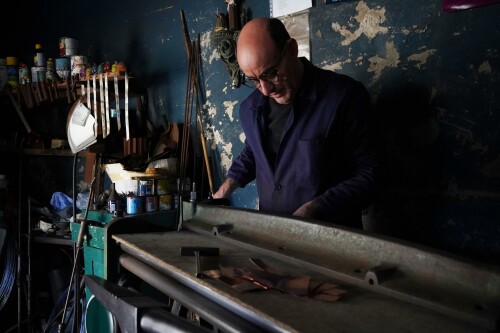
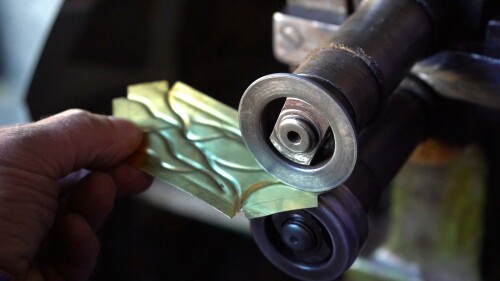
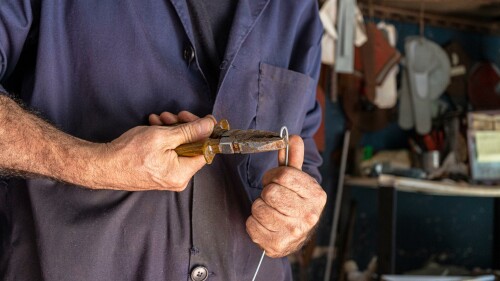
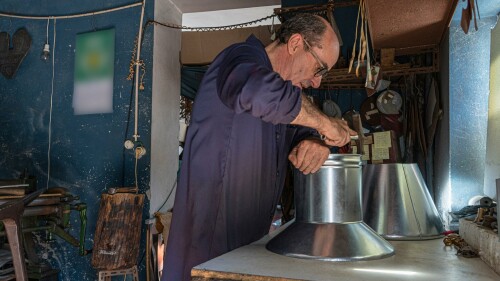
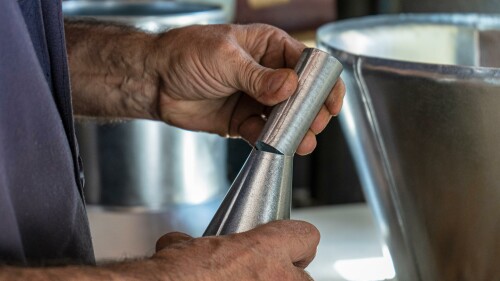
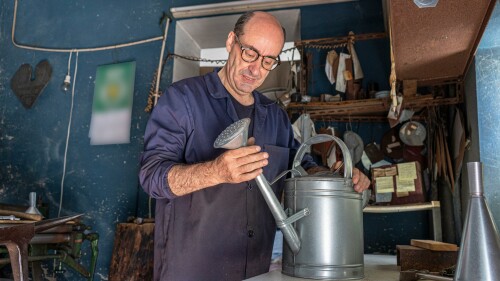
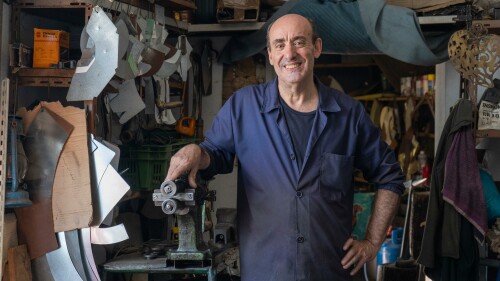
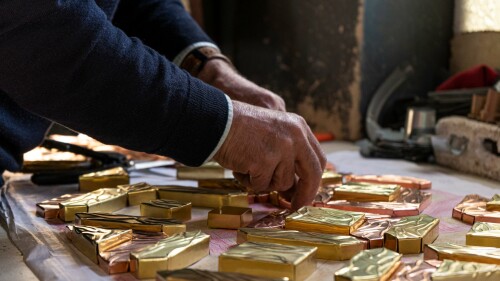
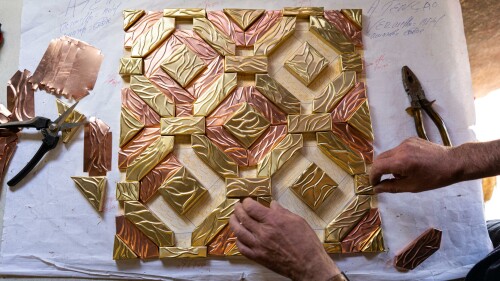
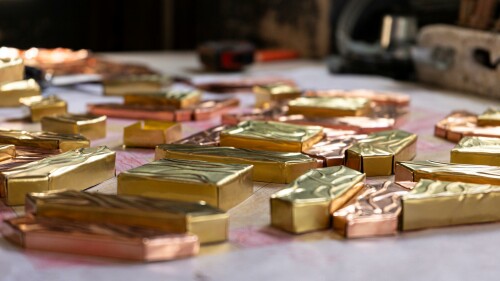
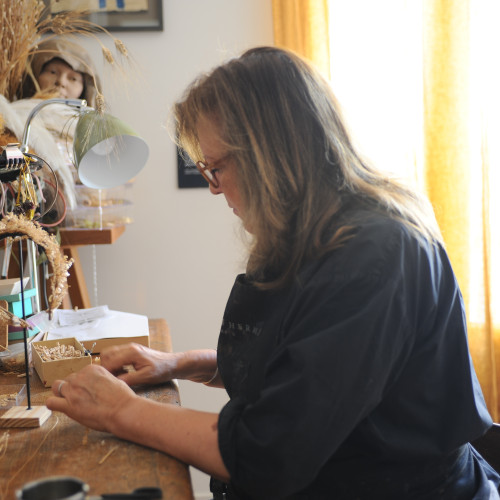
Homo Faber Biennial - 2024 - Artisan Portrait
May 2024
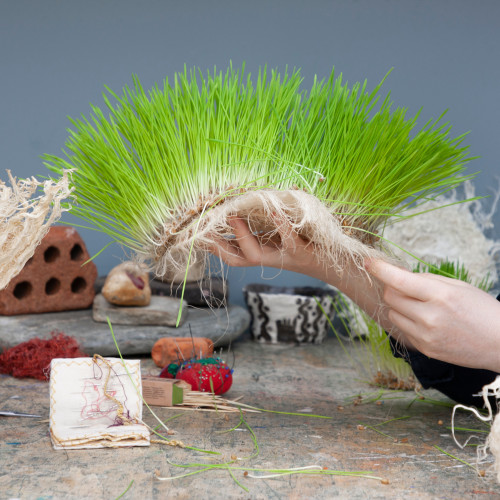
Homo Faber Biennial - 2024 - Artisan Portrait
May 2024
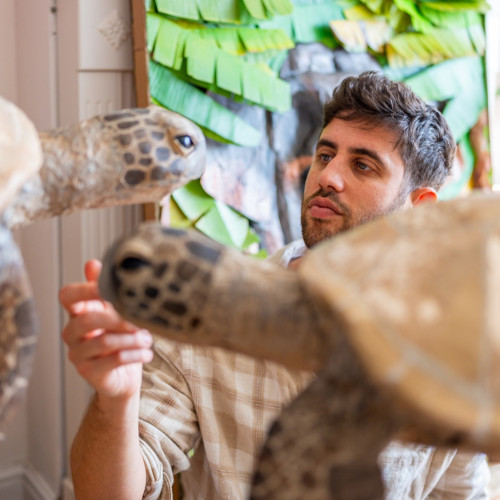
Homo Faber Biennial - 2024 - Artisan Portrait
May 2024